Quadrantid Meteor Shower: When, Where and How to Watch
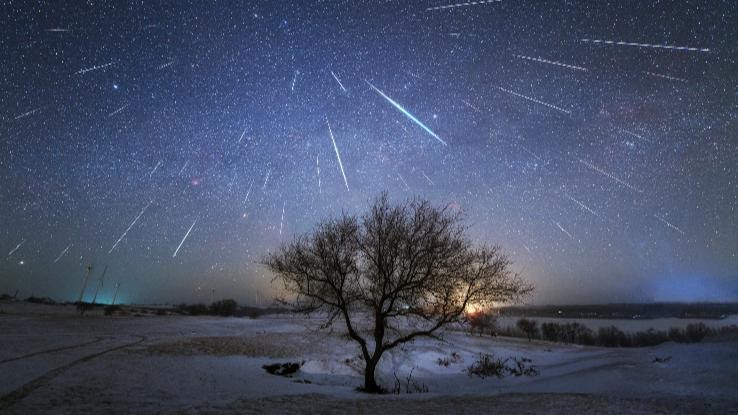
Each year, the galaxy puts on fantastic atmospheric displays in the form of various meteor showers. The first of these annual events that stargazers can look forward to in January is called the Quadrantid meteor shower, and it’s known for its bright fireballs. Want to check it out this year? Join us for an overview of the Quadrantid meteor shower, find out how it got its name, and discover when and where you can see it.
Why Do Meteor Showers Happen?
It might seem surprising that meteor showers are visible from Earth each year on a remarkably consistent basis. But what exactly are they, and what makes them possible in the first place?
Meteors are a type of space rock. As these chunks of debris travel through space and near the sun, the dust trailing behind looks like a sort of tail that follows them around on their orbits. When a collection of meteors all converge along the same path, they make a trail of space debris in different areas of the solar system that the Earth passes through on its own orbital path.
When the bits of debris in the trail enter the atmosphere of Earth or another planet, they get incredibly hot due to resistance to the thicker air. At this point, they begin to burn up, creating brilliant trails of light across the night sky. These glowing trails result in the “shooting star” appearance we associate with meteors.
The Origins of the Quadrantid Meteor Shower
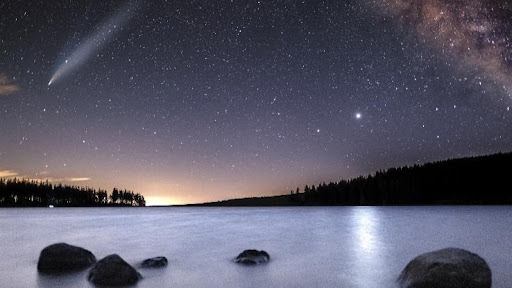
While many meteor showers result from the debris of comets, those you’ll see in the Quadrantid shower come from an asteroid called 2003 EH1. Scientists believe this may be a “dead comet” or even a new type of object called a “rock comet,” meaning it doesn’t have much (if any) volatile material left in it to ignite.
The Quadrantid meteor shower is known as one of the most beautiful of each year because its larger chunks of debris create brighter and longer bursts of light. Its drawback is that it’s fairly short; the shower’s peak brightness usually lasts only a few hours. Because it’s relatively short as far as meteor showers go, you also have to be in the Northern Hemisphere (or north of the equator) to see it. Plenty of countries will get the chance to observe the annual meteor shower, however, which usually produces anywhere from 60 to 200 meteors per hour at its peak.
How Did the Quadrantid Meteor Shower Get Its Name?
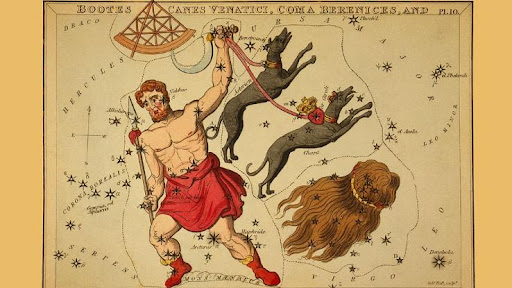
The Quadrantid meteor shower’s name is a good clue about where to look for it in the night sky. It was originally named after the constellation Quadrans Muralis, which is situated in the part of the sky the shower tends to pass through. Never heard of Quadrans Muralis? There’s a good reason for that.
Unfortunately, the constellation didn’t make the cut in 1922 when the International Astronomical Union drew up a list of 88 official constellations. Quadrans Muralis was first located by a French astronomer named Joseph Jérôme Lefrançois de Lalande in the 1790s and, at least for a while, had enough staying power that the Quadrantid meteor shower was named after it.
Ultimately, Quadrans Muralis joined a list of other forgotten constellations like “The Goose” and “George’s Harp.” By that time, though, the meteor shower had already been named, and nobody seemed concerned enough to go through the trouble of renaming it.
While locating Quadrans Muralis may no longer be the easiest way to zone in on the area of the sky where the meteor shower appears, there are several other better-known sky markers that can point you in the right direction.
When and Where to Watch the Event
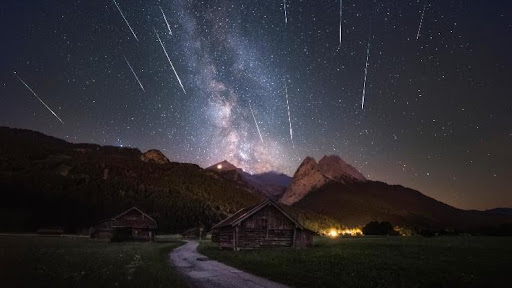
According to NASA, the Quadrantid meteor shower is most active every year between December 28 and January 12. In 2022, the American Meteor Society predicts that the shower’s peak activity will happen on the night of January 2 to January 3, while Sky at Night Magazine predicts the peak magic will happen overnight from January 3 to January 4. Either way, these dates should provide for great viewing conditions, considering that January 2 is also the date of a new moon. This means that the moon will appear absent from the night sky, providing a perfectly dark background for the fiery display.
As far as knowing which direction to look in goes, experienced astronomers can locate the shower’s “radiant,” which is the part of the sky it appears to originate from. The easiest way to do this is to locate the right angle between the Big Dipper and the star Arcturus. Even if you’re just a casual observer, however, you should have no problem seeing the meteor shower, as it should be very bright across the entire sky when it begins. It’s mostly a matter of settling in for some stargazing when darkness falls and waiting for the show to begin.
The Best Viewing Conditions for the Quadrantid Meteor Shower
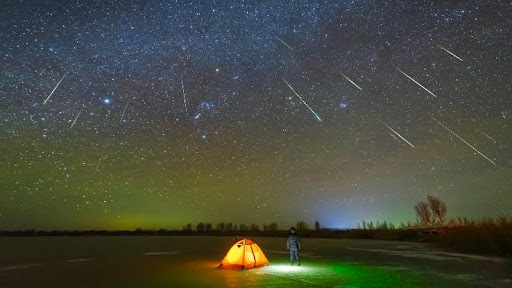
Want to make sure you have the best seat in the universe for the Quadrantids this year? While you can certainly enjoy them from pretty much anywhere north of the equator, there are a few tips you can utilize if you want to ensure you have the best view possible.
Among them is finding a viewing spot away from city lights. This can be especially helpful if you live in an urban area that’s prone to smog or other conditions that might detract from a clear view. Just be aware that it may take your eyes 15 to 20 minutes to fully adjust to the darkness after you arrive at your viewing venue — you may want to get there a bit early.
Next, make sure that you dress in weather-appropriate clothes and bring plenty of things to keep yourself comfortable. While meteor showers can be somewhat predictable, viewing them can still come down to patience. Be sure to bring chairs, blankets or anything else you might need to ensure you won’t be tempted to bail out for the comfort of home.
Beyond that, the most important part is to simply remember to have fun! Bring a thermos of hot cocoa and make a night of it. The galaxy will surely reward you.





